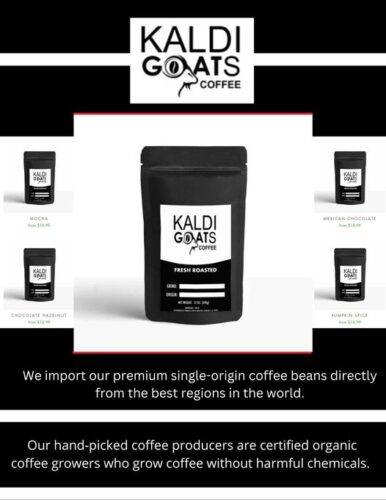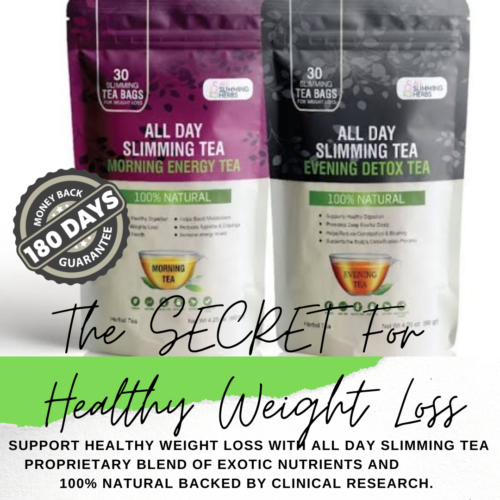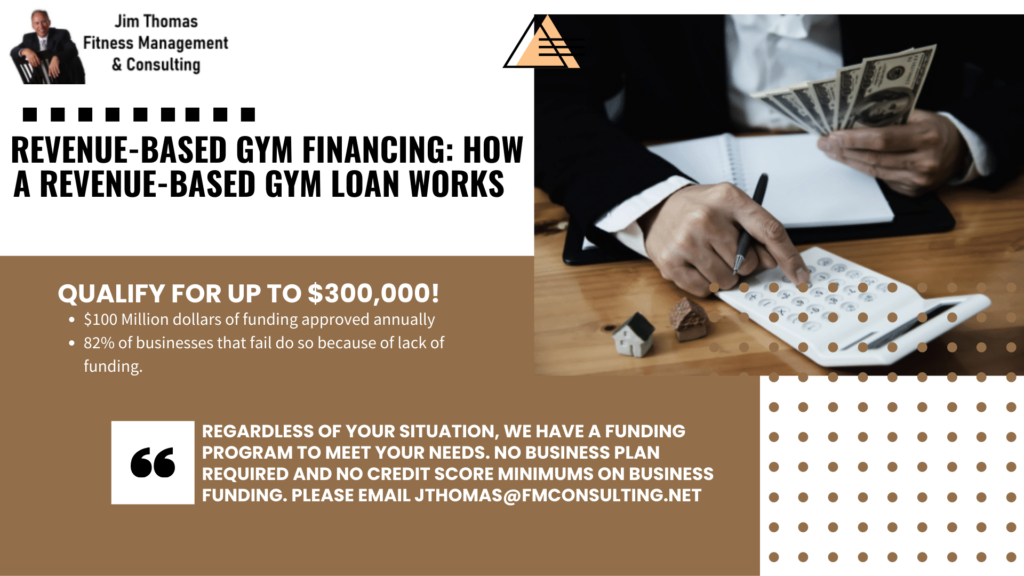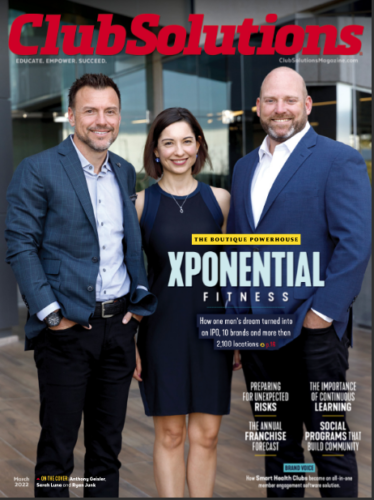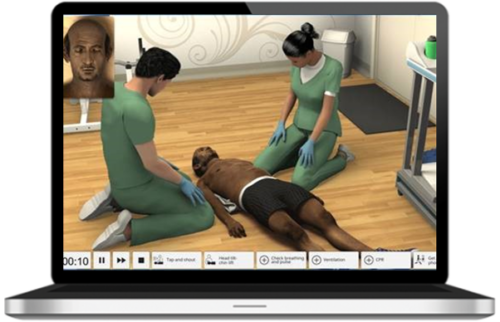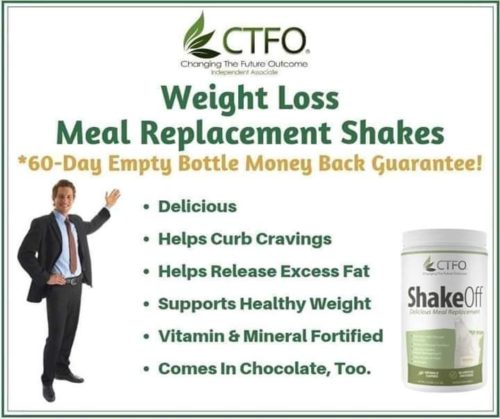
Tony Robbins “8 Questions” That Will Increase Health Club’s Sales
Every health club salesperson needs a litmus test to determine why a prospect did or did not buy. A litmus test in its traditional sense is a test in which a single factor (such as an attitude, event or fact) is decisive. In fitness facility sales, that litmus test may be a series of questions one must answer to know why a prospect did or didn’t buy.
After a missed sale, few salespeople ask themselves why the process failed and consider what they could have done differently. When they do ask these questions, they often don’t know how to determine what needs to change next time.
In his book, “Mastering Influence,” Tony Robbins shares eight questions that he says will guarantee a sale every time if they are asked in the sales process. Following are those eight questions and how I see them applying to the health club sales process.
1. What is this?
You likely have performed a personal training introductory session, showed the rates for more training to a prospect, asked for the sale and then had the prospect respond that they thought the training came with their membership. This reaction is frustrating and confusing to many salespeople. What your prospect was asking was, “What is this? You mean I need to spend more money?” To minimize the odds of this happening again, you need to have a three-part conversation with the prospect before you show the prospect the rates. That conversation may look like this:
“Mrs. Jones, as long as you have accountability, support and guidance this time around, do you see how you will lose your 30 pounds and be the role model that you want to be?” (Yes)
“Mrs. Jones, would you also agree that it will take us more than the two sessions that you get as a member for you to get in the kind of shape you want to be in?” (Yes)
“I am glad you agree, Mrs. Jones. With your permission, I would love to show you how our coaching programs work so you can continue to work with a coach on a regular basis.”
By having this conversation first, you are not asking for permission to show the rate; you are telling your prospect what is about to happen.
Somewhere in the sales process, you should discuss a solution to your prospect’s fitness challenge. The main reason most people fail to stick with exercise is because they lose motivation and they don’t see progress. When discussing a solution, your prospect must agree with you that they need someone else to keep them accountable and to support and guide them so they are successful this time.
2. What’s in it for me? (WIIFM)
WIIFM is the only radio station people listen to, according to author and motivational speaker Zig Ziglar. The key to making sure your prospects know what’s in it for them is to have a meaningful conversation about your prospects’ future, meaning what their hopes and expectations are if they were to change. What do they look forward to and why?
The thing that people need and desire the most is love and connection with other human beings, according to Robbins in his audio CD “The Driving Force: Six Human Needs.” Everyone has something or someone they would fight for—and you can use that as leverage. They might want to lose weight so they can be a better mom or so they can go out with their friends more and enjoy life. Those are reasons why change is not a should but a must. Conversely, you must talk about what will happen if they maintain their old behavior and do not change. Both the potential of the future and the consequences of the past are what is in it for your prospect.
3. Can you prove it?
You are selling a process, a system of accountability and coaching. Make sure to show your success stories and why these people were successful. Make the connection to accountability, guidance, weekly coaching and six-week evaluations rather than eating better and exercising. People know that eating better and exercising works. What they don’t know is why your program works. If you can show proof using testimonials, that typically does the trick.
4. Will this really give me what I want and need?
As a follow up to question three, this question is directed at the process or game plan for your client. “This” refers to your solution to the prospect’s biggest challenge in life, which is lack of motivation and results. You will win the prospect over by using social proof, conveying a strong message with conviction in your voice and being confident when talking about the program. Remember, all human beings have built-in radar. Make sure your prospects are picking up great vibes from you. Most importantly, you must have leverage on anyone you sit down with, and you must know what problem you are solving or void you are filling.
5. If I do this, will it be worth my inconvenience, time and money?
If I do “this” (meaning your solution to the prospect’s biggest problem), will “it” (meaning the results your prospect will get or the pleasure they will receive and the consequences that they will not struggle with), “be worth my inconvenience, time and money?”
Human beings are always debating their choices. The key is to get to know your prospects so that you can offer many ERBNs (emotional reasons to buy now) and LRBNs (logical reasons to buy now), making the decision to change so obvious that the decision is easier to make.
Most people are afraid of making decisions because they don’t want to fail. That is your prospect’s biggest fear. On the other hand, if prospects choose not to buy from you, they are indicating that spending money on junk food and being depressed and anxious are more important to them than spending that money with you to be a better role model for their kids. You can’t be afraid to call out your prospects; however, make sure to watch the tone of your voice and make sure you have plenty of rapport. You must earn the right to talk to your prospects in that fashion.
6. Can I justify it?
“It” means your solution, and “justify” means spending money. Should I or would I rather take my money back to McDonald’s or something else versus invest it into a game plan that would help me stick with it?
Sales involves two kinds of pressure: internal and external. The internal pressure a prospect feels to do something that they know is good for them is significantly stronger than any external pressure you apply. A salesperson’s job is to motivate and inspire that “inner” person to buy based on their internal belief that it is what’s best for them. This question also addresses prospects’ concerns that their spending is selfish and will deprive family members of something they want. Your prospects must agree that for a mom or a dad to be the best they can be, they must first take care of themselves. Also, remind prospects that they already are spending this money on things that are causing them to gain weight or make them feel better short term (such as eating fast food, drinking energy drinks or buying things to improve self confidence) while hurting them long term.
7. What will other people say?
Unfortunately, you will face difficult situations where one spouse doesn’t want the other to change. Sometimes, people don’t want others to change because that would mean everyone else needs to change as well. In most people’s minds, change is hard. But in reality, change happens in a blink of an eye. A guy gets down on one knee and his whole life just changed, not for the worse, it just changed.
Don’t over step your professional boundaries but do empower the individual. Help them see the many reasons change is a must not a should. Inspire your prospects to change despite their external environment by spending time discussing the consequences of not changing and the possibilities that change could bring.
8. Do I really need it now?
This is a commitment issue. It will sound something like this: “I need to go home and think about this. I never make decisions on the spot. Will you have this deal next month?”
This prospect has little to no sense of urgency to change their behavior. That means they don’t genuinely fear the consequences of not changing and they aren’t excited about the potential of change. In other words, they don’t have enough emotional and logical reasons to buy now.
In a nutshell, Robbins presents it like this. As long as logical reasons to buy now and emotional reasons to buy now (LRBN and ERBN) outweigh dominant reasons to avoid buying (DRAB) or fears, you are virtually guaranteed a client every time. He calls it the Science of Persuasion. What’s most important to remember is that unless you have true leverage and your prospect acknowledges that the pain they are in right now is greater than the pain they would need to go through to change, your prospect will not change and leave your health club without purchasing a personal training program.
Editors’ Note: For more from Mike Gelfgot, attend his session, “Winning Against the Low-Priced Competitor ” at the 2017 Club Industry Show Oct. 4-6 at the Hilton Chciago. Register by going here.
BIO
Michael Gelfgot is a franchisee partner in Anytime Fitness. He and his business partner John Spence operate 23 Anytime Fitness locations in the United States. His accomplishments include 2007 Club Operators of the Year, 2013 Success Story of the Year and Personal Trainer of the Year, and 2015 Community Outreach Award of the Year. He was the first Personal Trainer of the Year in 2012.




